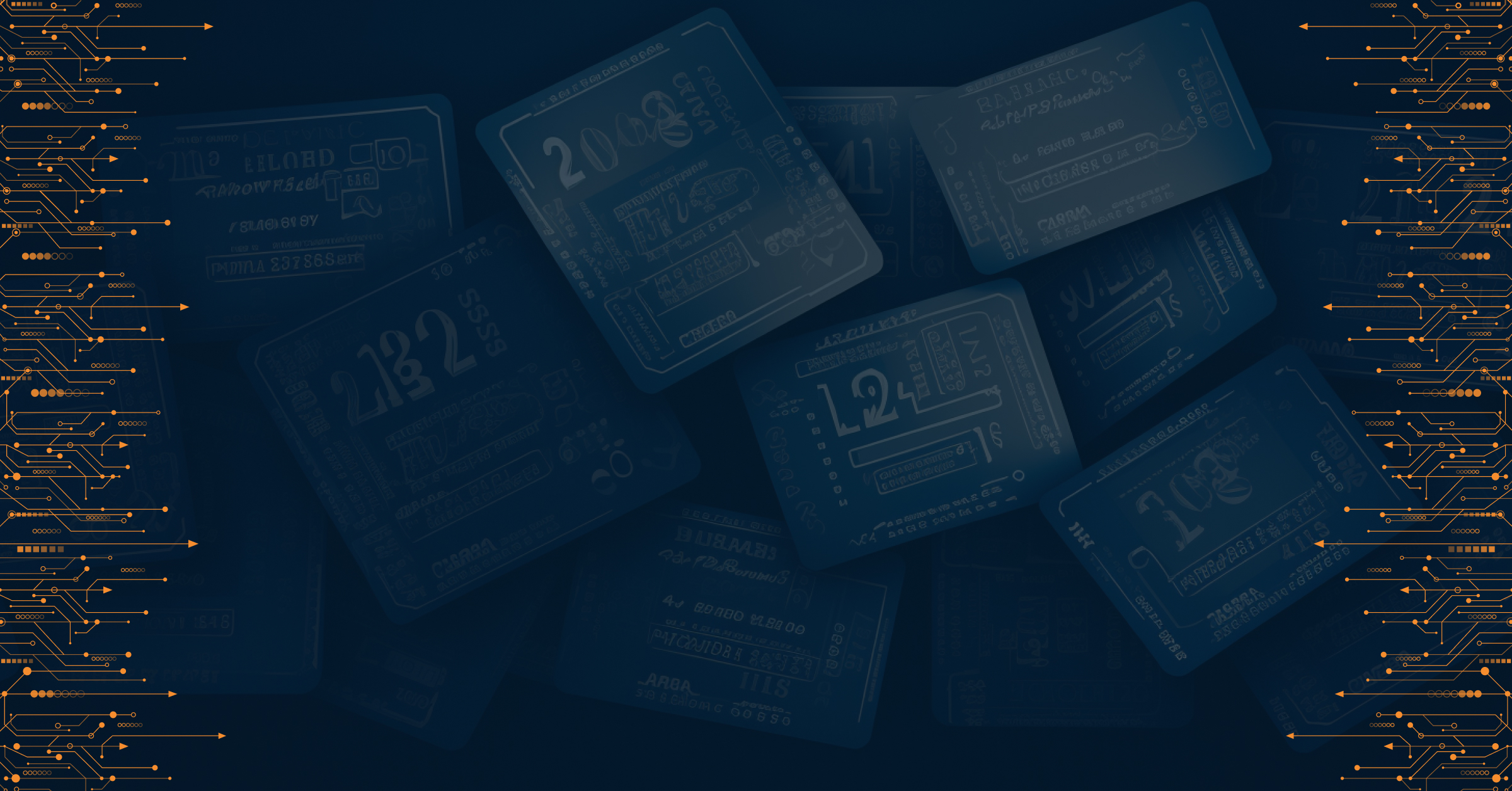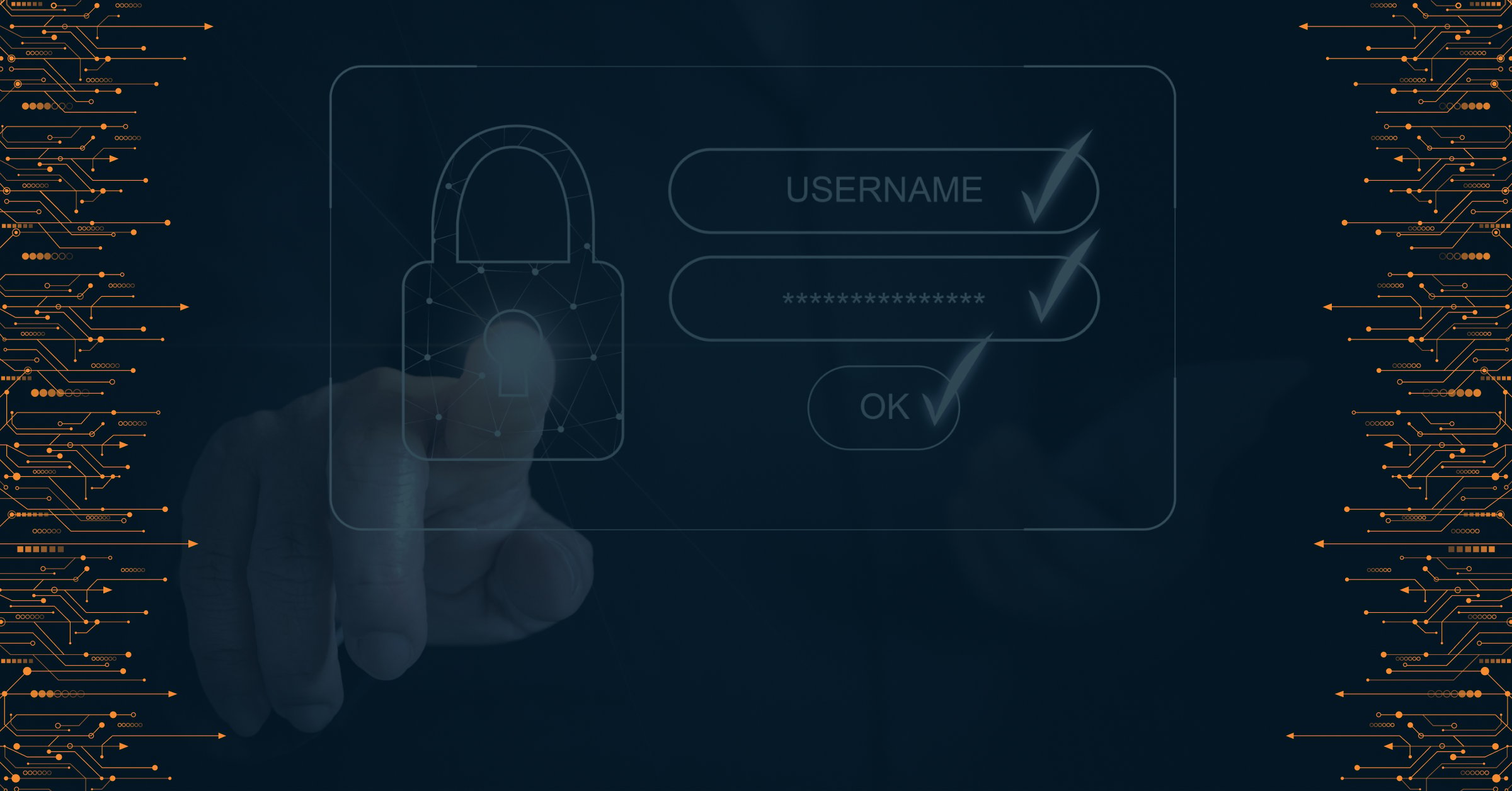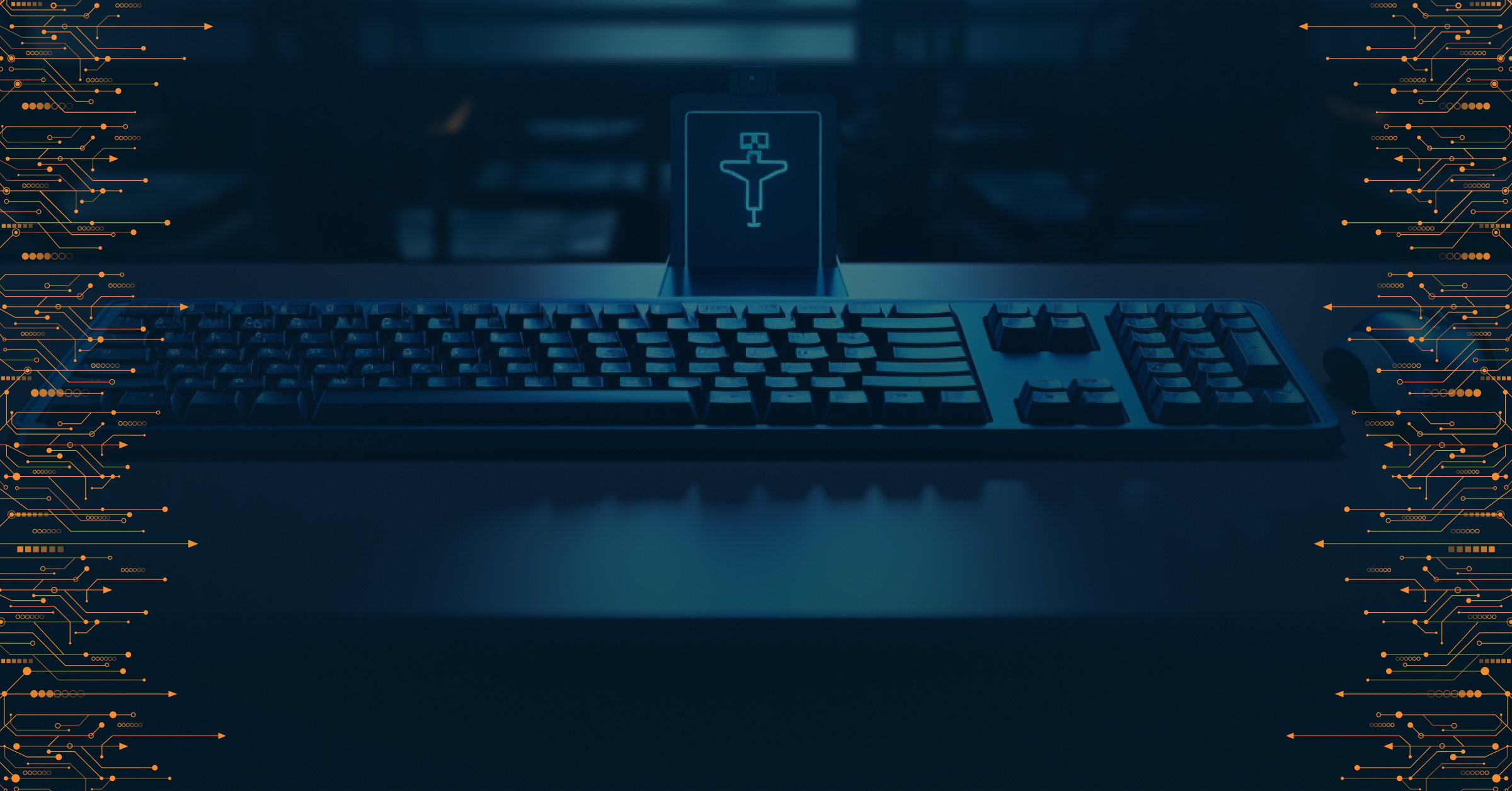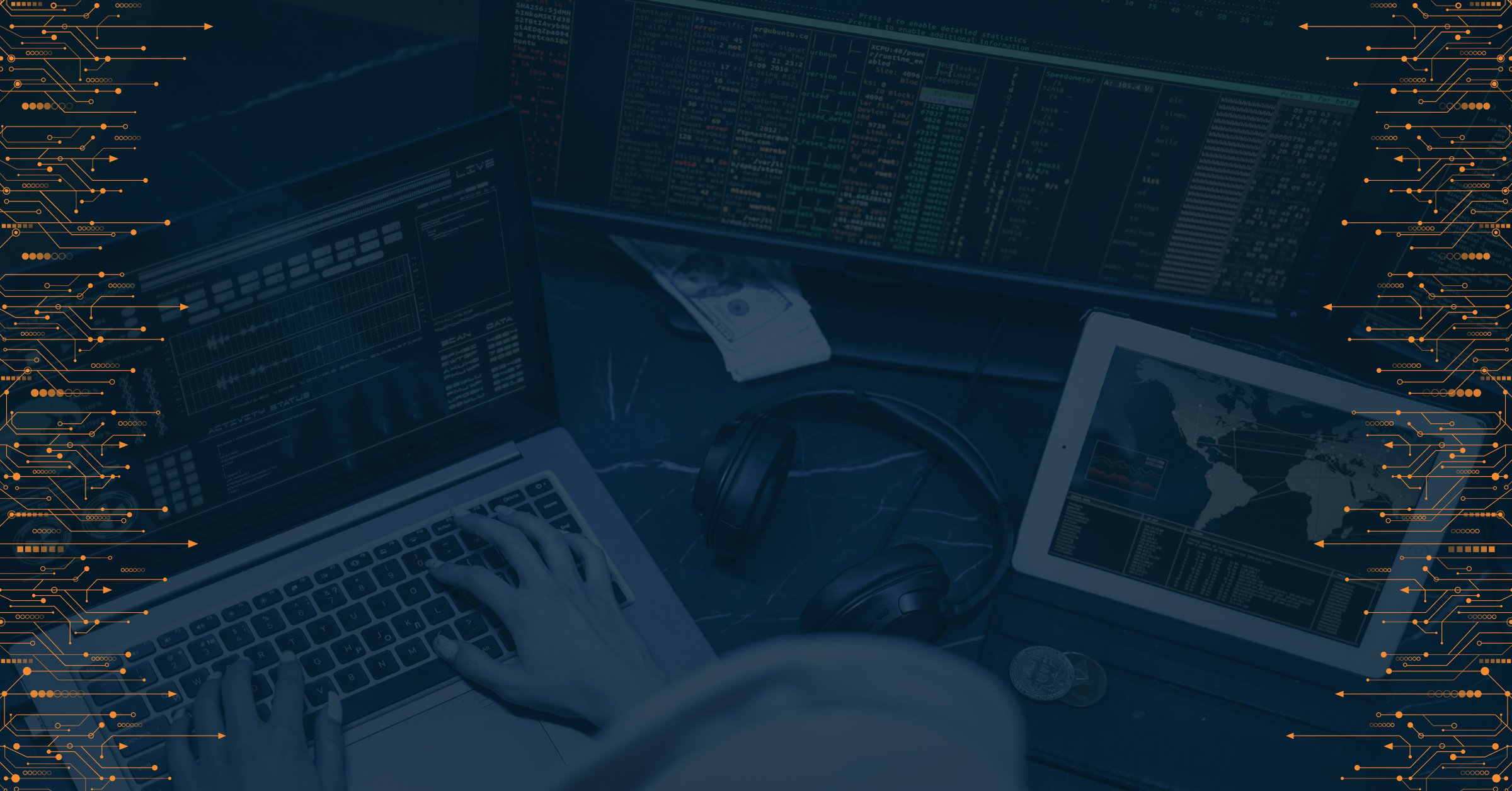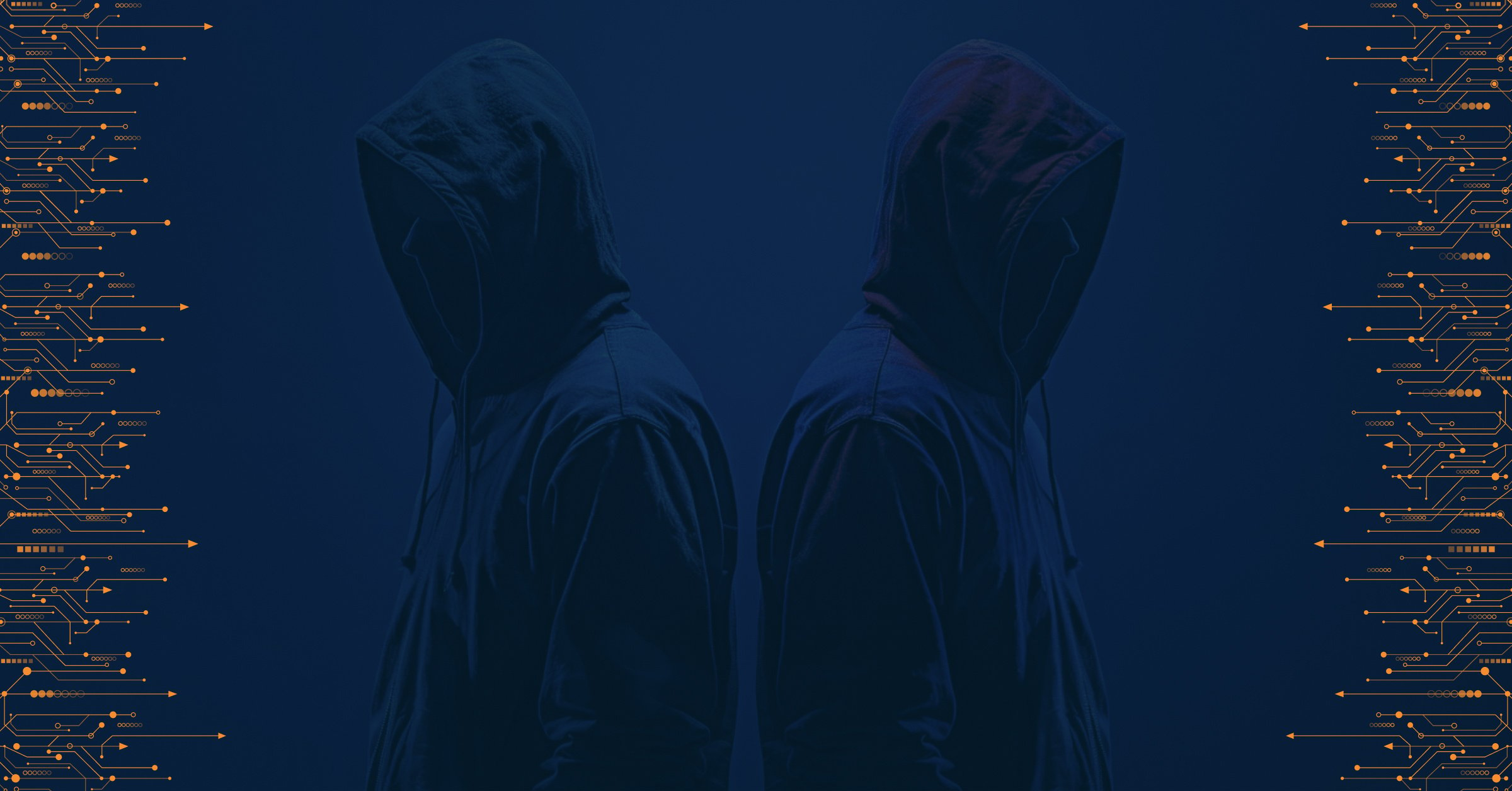In the vast landscape of digital transformation, the Internet of Things (IoT) has taken the front line, redefining the way organizations operate. A study shows that over 24 billion IoT and OT devices exist today, and the number is expected to hit a stunning 29.4 billion by 2030.
However, as IoT technology weaves itself into everyday systems, businesses, and lifestyles, it is generating a growing need for cybersecurity. With the number of hacks steadily rising, and with the technological advancements happening faster than the cybersecurity ones, organizations need to be aware of the vulnerabilities in the IoT sector.
Thus, it's important - now more than ever - for businesses to invest in a robust cybersecurity strategy. In today's article, we will delve into what IoT cybersecurity means and its endless benefits:
A Quick Glance at the Internet of Things
Before we explore the intricacies of IoT cybersecurity, let's discuss the basics. The Internet of Things refers to the expansive network of interconnected devices connecting systems across the Internet.
These objects and devices communicate with each other, creating a centralized system that enables us to control and monitor the various aspects of digital environments remotely. While this connectivity generated by IoT streamlines our lives, it also creates new vulnerabilities for cybercriminals to exploit.
The more interconnected Internet of Things technology becomes, the greater the opportunity for malicious actors to access sensitive data and exploit it. In-depth data shows that over 112 million cyberattacks have already occurred on IoT devices.
The Revolution of the IoT Ecosystem
With technology advancing rapidly, IoT has extended beyond consumer devices to industry-specific applications. The Internet of Things and smart devices have recently exploded into our lives, allowing us to automate workplace tasks and revolutionize customer experiences.
Moreover, IoT has transformed manufacturing, healthcare, business, and agriculture by connecting machines and sensors, increasing efficiency and allowing predictive maintenance. While IoT devices provide users with numerous benefits, if not carefully protected, these systems can expose your sensitive information to hackers.
Furthermore, as most organizations remain unaware of the vulnerabilities of IoT, it becomes increasingly challenging for business owners to combat cyberattacks.
Impacts of IoT on Cybersecurity: What is IoT Cybersecurity?
The Internet of Things involves objects and systems interconnected with one another. While IoT technologies ease communication and collaboration, they also expose your devices to cyberattacks or threats that can disrupt the network.
That's where IoT Security comes into the picture! These technologies provide new opportunities while protecting your organization from malicious actors and hacking. With IoT security tools, you can protect your devices and objects from unauthorized admission.
Besides this, IoT security helps you develop an intimate understanding of cyberattacks, allowing you to pinpoint cybersecurity issues and implement a robust risk-mitigation strategy. The result? You can safeguard your business against cyber threats and ensure substantial growth.
Why Does Cybersecurity Matter in the IoT?
As IoT technology continues to permeate industries worldwide, it has also brought unique cybersecurity risks. While its complex ecosystem adds to security vulnerabilities, investing in a cybersecurity strategy can help protect your business against cyber threats.
In fact, in-depth research shows that cyberattacks will grow twofold by 2025, leading to over $10.5 trillion in financial losses. Despite this, over 50% of SMEs do not invest in a cybersecurity plan, and one in three business owners rely on free data security tools, thus creating vulnerabilities in their systems that attackers can exploit.
Moreover, organizations that put off implementing a well-developed IoT security strategy not only fail to recognize cybersecurity risks but also expose themselves to malicious actors seeking gaps in their devices to access confidential information. Besides this, overlooking IoT cybersecurity can increase the likelihood of having business data fall into the hands of fraudsters and cybercriminals, leading to significant data and financial losses.
Therefore, whatever your business is, you must develop a deep understanding of IoT cybersecurity issues. And with 2023 experiencing a 41% increase in average cyberattacks, it's now more important than ever for organizations to put the focus on cybersecurity.
Protecting the Digital Frontier: The Role of Cybersecurity in IoT
Now, let's dive into the essential role of cybersecurity in the Internet of Things:
Protecting Your Sensitive Data
Businesses worldwide use IoT devices to transmit sensitive information, including confidential company data and personal customer information. Without robust cybersecurity, you expose your business data to malicious actors, leading to monetary loss, identity theft, and cyber disasters.
However, cybersecurity acts as your first line of defense against unauthorized access and data breaches, ensuring data encryption, secure device authentication, and protected communication protocols.
Ensuring Operational Efficiency
While IoT devices are designed to streamline communication and enhance workplace efficiency, the lack of cybersecurity approaches can compromise these systems and disrupt operations.
Investing in a robust cybersecurity strategy can minimize the risk of system failures, mitigating downtime, improving operational efficiency, and promoting financial protection.
Identifying the Source of Cyberattacks
Most IoT systems involve complex networks, which means having a single device compromised can trigger a destructive cyberattack or further compromise the rest of the supply chain. Thus, determining the source and nature of an IoT attack is crucial for avoiding and mitigating such malicious attacks.
But that's not all! Using IoT cybersecurity allows the users to determine how the cybercriminal got in, what they were after, and what information was compromised.
Mitigating Cyber Risks and Breaches
When a security or data breach occurs, rapid response and mitigation are key. IoT cybersecurity strategies are designed to limit the potential impact of malware attacks and breaches.
By implementing various security measures, including encryption, access control, and vulnerability patching, cybersecurity safeguards IoT devices against cybercriminals. In addition, IoT cybersecurity involves continuous monitoring and intrusion detection to identify and respond to suspicious activities.
Thus, it acts as a shield, minimizing the vulnerabilities in your IoT systems and bolstering their security to ensure no cybercriminal can get past.
The Bottom Line
IoT cybersecurity is an emerging challenge for organizations worldwide, requiring business leaders to prioritize security. While it sounds tricky, having a well-designed IoT security plan in place allows you to protect confidential data and refocus on optimizing IoT processes.
That is why we highly recommend collaborating with cybersecurity experts to implement a stunning IoT cybersecurity strategy that addresses your system's concerns and safeguards sensitive information.

PRODAFT Team
Stay up to date
Browse Posts
Browse by topics
- Cybercrime awareness (15)
- Cybersecurity for Businesses (10)
- Risk management (7)
- Cybersecurity Tips (6)
- Digital safety (6)
- Proactive Threat Intelligence (6)
- Cyber threat protection (5)
- Cyberattacks (5)
- Risk intelligence (5)
- Threat Prevention (5)
- Data Protection (4)
- Network Security (4)
- Phishing (4)
- Supply chain risks (4)
- TTPs (4)
- Artificial intelligence (3)
- Critical network infrastructures (3)
- Malicious websites (3)
- Malware (3)
- Social engineering (3)
- Data breaches (2)
- Insider Threats (2)
- NIS2 Directive (2)
- Ransomware (2)
- CISOs (1)
- Cryptocurrencies (1)
- Cyber espionage (1)
- Cyber extortion (1)
- Cyber fraud (1)
- Cybersecurity Collaboration (1)
- DDoS Attacks (1)
- Deepfakes (1)
- DoS Attacks (1)
- Fake social media (1)
- Incident Response (1)
- Internet of things (1)
- Money Laundering (1)
- Multi-factor authentication (1)
- One-day vulnerability (1)
- Remote Work (1)
- Stealers (1)
- SystemBC (1)
- The Cyber kill chain (1)
- Threat Intelligence solutions (1)
- Tor browser (1)
- Traffic Distribution System (1)
- Zero-day vulnerability (1)
- dark web (1)
- deep web (1)
- keyloggers (1)
- social media (1)
- spoofing (1)
- threat detection (1)

